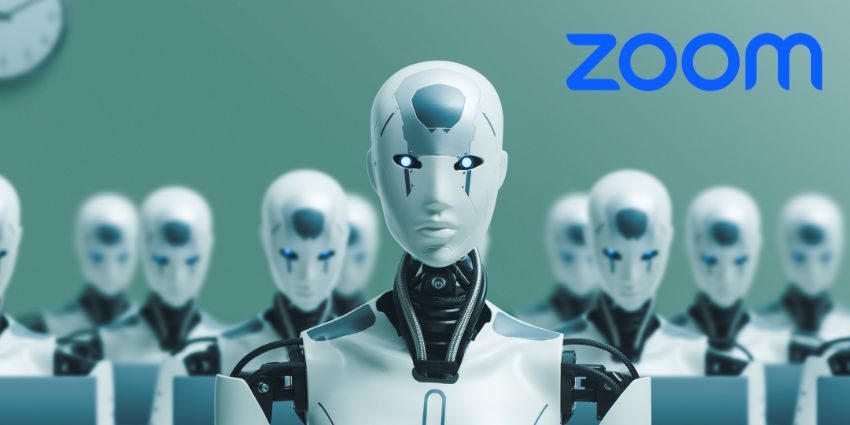Zoom‘s CEO has shared his vision of AI-powered avatars that can represent and make decisions for their human counterparts, such as attending meetings we’re unable to make ourselves.
He referred to these AI versions of us as “digital twins”, a term already used to describe virtual representations of real-world objects or systems. Moreover, he imagines multiple such digital copies could be made of ourselves with the potential to simultaneously communicate and make decisions for us on Zoom and elsewhere without us even needing to be present.
Not only did Yuan reveal his vision of semi-autonomous clones taking up seats in future Zoom conference calls, but he also discussed the possibility of adding a virtual reality dimension to the company’s communication and collaboration platform.
Eric Yuan, Founder and CEO of Zoom sat down with the US technology news publication, The Verge, and painted a picture of how the future of digital twins could look: “Your digital twins, multiple digital twins, are different based on your training.
One digital twin is really more like a sales expert; another digital twin of yourself is more like an engineering expert.”
Yuan continues: “I think the interface is Zoom’s interface. However, how to manage that is very different. That’s the reason why I like crypto technology. It’s more like fully distributed.”
“I do not think you can store the digital twin of yourself to our server. You will store it somewhere you feel very safe, likely maybe on the edge, on your phone, desktop, or maybe somewhere you trust more, like where you store your Bitcoin.”
The Digital Twins of Tomorrow
Zoom’s CEO said he is already looking at ways in which Zoom Workplace could utilise a digital twin to automate various work processes like checking and replying to your emails.
He even visualised receiving a reply from somebody who is notifying him that his digital twin is not effectively replying to a message they had sent him.
The AI could also ultimately be used to sort through spam, reply to text messages, make phone calls, and even join meetings, allowing you to work on other things or even just “go to the beach”, as Yuan suggests.
When asked what form these digital twins will take within the Zoom platform, Yuan said he would opt for more immersive experiences in the form of 3D avatars:
To start, it’ll probably be voice, but for sure, down the road, the experience would be immersive, like with Vision Pro and Meta Quest 3.”
“I think again, this is also the beginning, but the experience down the road, that’s a 3D version of yourself that can mimic you very well, so you can’t know if it’s a real person or just a 3D version.”
It may be some time before we are able to release a digital copy of ourselves into the world that could get “maybe 90 percent” of our work done for us.
Yuan also believes that there will always be the need for real human contact in business, as certain in-person contacts, like shaking hands, require genuine feeling and emotion.
Last month, Zoom added new productivity-focussed AI Companion capabilities to Workplace, including Global Search, quick reply for mobile, and external collaboration enhancements.
Since its launch in September 2023, over 700,000 accounts have enabled AI Companion, as Zoom confirmed in its most recent earnings call earlier this month.







